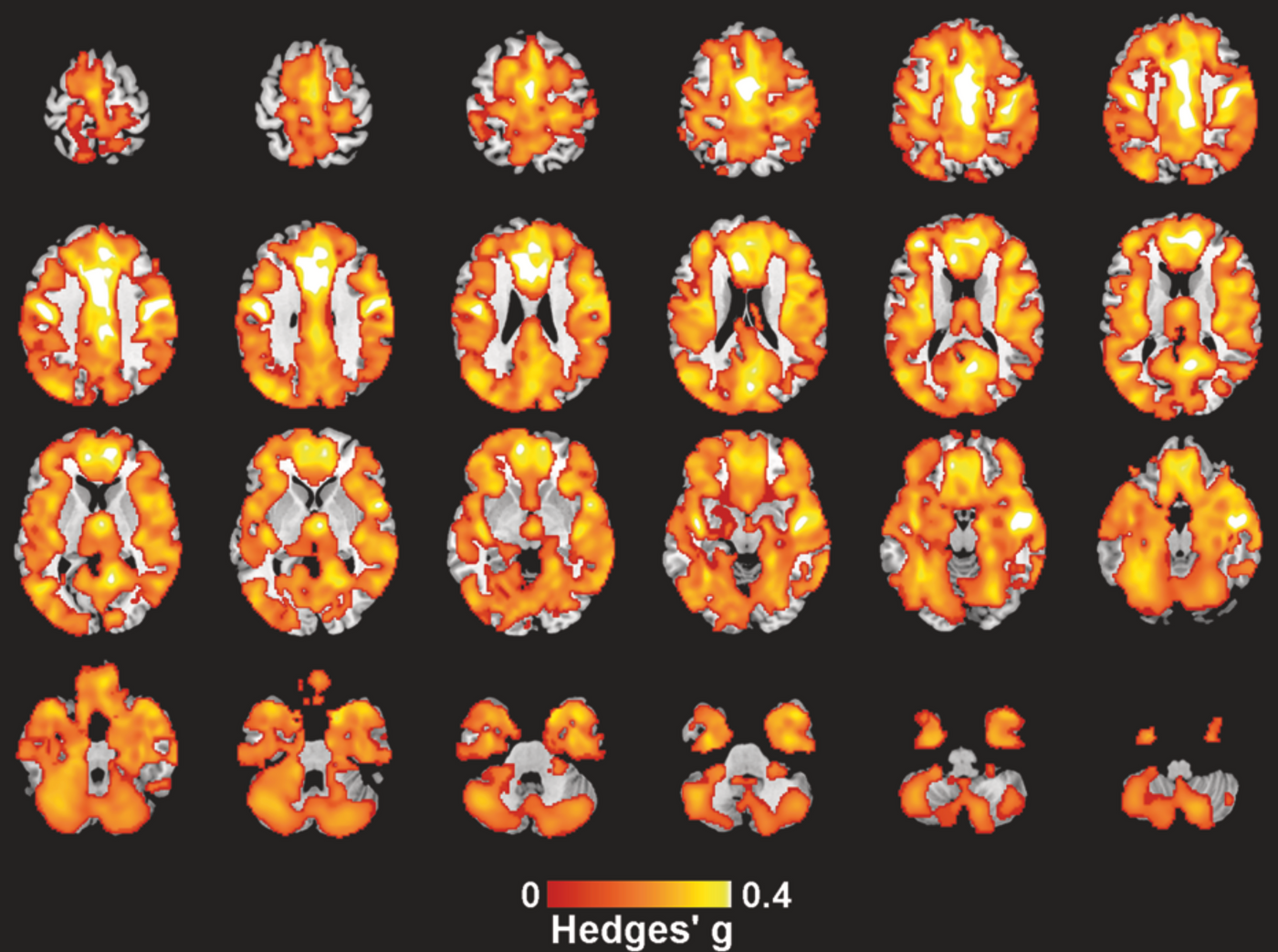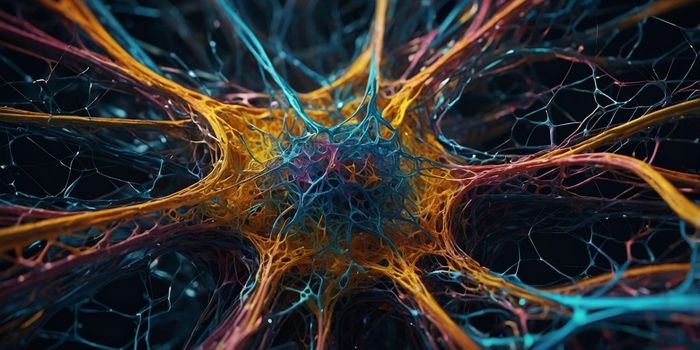Largest Study on Early Onset Psychosis Highlights Key Brain Difference
Early Onset Psychosis (EOP) remains a rare enigma, posing challenges for researchers aiming to unravel its complexities. Yet, a recent groundbreaking study by Si and colleagues at King's College, London, in collaboration with a global team of scientists, has expanded our understanding of EOP. Published in Molecular Psychiatry, this study is the largest brain imaging investigation focused on EOP to date.
Early Onset Psychosis: A Developmental Conundrum
Symptoms of early onset psychosis, such as impaired logical thinking and difficulty distinguishing reality from fantasy, manifest before the age of 18. Individuals grappling with psychosis during these formative years often experience more entrenched symptoms, exhibiting a poorer response to treatment and enduring long-lasting effects. We do not know what is responsible for exacerbating the difficulties associated with this condition: the timing of the psychosis during a critical developmental time or the form of psychosis that manifests earlier in life.
Methodological Innovation: ENIGMA and Voxel-Based Morphometry
Si et al. leveraged the Enhancing Neuro Imaging Genetics through Meta-Analysis initiative (ENIGMA): a collaborative group uniting over 50 research groups, allowing for brain imaging and genomic data pooling. This innovative consortium allowed Si et al. to analyze brain data from a staggering 482 individuals with EOP, providing a comprehensive understanding of this elusive condition.
The study's methodology also used Voxel-Based Morphometry (VBM), an advanced brain imaging technique that can explore hundreds of thousands of three-dimensional brain tissue segments called voxels. This approach starkly contrasts traditional MRI methods, which are limited to predetermined regions of interest.
Using VBM with data from ENIGMA, Si et al. mapped the gray and white matter volume differences across the entire brain in individuals with EOP.
Unveiling the Gray Matter Landscape
Si et al.’s findings demonstrated a widespread decrease in gray matter volume throughout the brain in EOP patients compared to healthy controls. Notably, this loss was most pronounced in the cingulate, a region responsible for emotional processing and behavior. The median cingulate, an area largely unexamined in behavioral studies, demonstrated the most marked effect.
For those who developed psychosis later in life, distinct differences in gray matter volume emerged in smaller brain regions, demonstrating the nuanced variations within the condition.
Molecular Psychiatry, Si et al., 2024
Implications for Early Onset Psychosis Treatment
Gaining a deeper understanding of EOP pathology holds the key to addressing pressing questions in clinical practice. By exploring the unknown pathology behind early onset psychosis, scientists are offering hope that soon they will identify underlying causes for this daunting condition.









